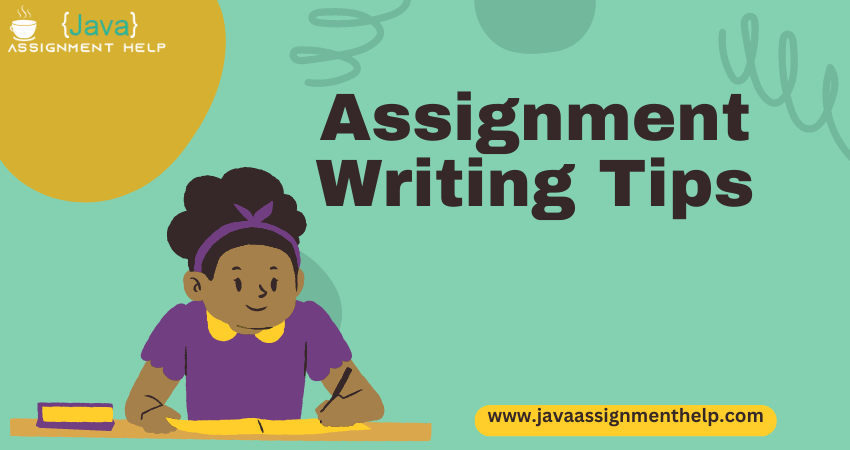In higher education, assignments are integral of gauging a student's understanding and application of knowledge.
Whether you are a seasoned scholar or embarking on your academic voyage, crafting well-structured and insightful assignments is crucial for success.
However, the assignment writing process can often be daunting, with numerous challenges and roadblocks. This is where a solid foundation of effective writing strategies and techniques becomes indispensable.
The purpose of this guide is to equip you with invaluable assignment writing tips that will empower you to unlock your full potential and excel academically.
By delving into the fundamental principles of assignment writing, we will explore strategies encompassing the pre-writing, writing, and post-writing stages.
10 Assignment Writing Tips
Here are some valuable tips to write an assignment that can help you produce high-quality work:
- Understand the assignment: Begin by carefully reading and comprehending the assignment prompt. Pay attention to the requirements, guidelines, and deadlines. If any part is unclear, seek clarification from your instructor.
- Plan your time: Break down the assignment into manageable tasks and create a realistic timeline. Allocate sufficient time for research, outlining, drafting, and revising. Avoid procrastination by setting specific deadlines for each stage.
- Conduct thorough research: Gather relevant and reliable sources to support your arguments. Utilize academic databases, scholarly journals, books, and reputable websites. Take organized notes and ensure you properly cite all your sources.
- Create an outline: Develop a clear and logical structure for your assignment. Outline the main sections, subtopics, and supporting evidence. This will help you maintain focus and coherence throughout your writing process.
- Write a strong introduction: Start with a compelling opening that grabs the reader's attention. Clearly state your thesis or main argument, providing an overview of your assignment's aims.
- Support your arguments: Present evidence, examples, and supporting information to support your claims. Use a mix of primary and secondary sources to demonstrate a well-rounded understanding of the topic.
- Maintain clarity and coherence: Write in a concise and organized manner. Use clear and straightforward language. Each paragraph should have a clear topic sentence and contribute to the overall flow of ideas.
- Revise and edit: Proofread your assignment for grammar, spelling, and punctuation errors. Ensure your sentences are well-structured and coherent. Edit for clarity, consistency, and conciseness. Consider seeking feedback from peers or utilizing writing assistance tools.
- Reference properly: Follow the citation style required by your academic institution (e.g., APA, MLA). Accurately cite all your sources within the text and compile a comprehensive bibliography or reference list at the end.
- Seek feedback and revisions: If possible, share your assignment with peers or instructors for feedback. Consider their suggestions and make necessary revisions to strengthen your work.
How to Present an Assignment
Here are some tips on how to present an assignment :
- Prepare and practice
- Know your audience
- Start with an attention-grabbing introduction
- Structure your presentation
- Use visuals and multimedia
- Communicate clearly and confidently
- Focus on key points
- Use storytelling and examples
- Encourage interaction
- Conclude effectively
How to Submit Assignments in Google Classroom
Here's a step-by-step guide on how to submit assignments in google classroom :
- Access Google Classroom
- Join the class
- Locate the assignment
- Read the instructions
- Create your assignment
- Work on your assignment
- Attach files (if necessary)
- Review and revise
- Submit your assignment
- Confirm submission status
How to Submit an Assignment on Canvas
Here's a step-by-step guide on how to submit an assignment on Canvas :
- Access Canvas
- Access the course
- Locate the assignment
- Review the assignment instructions
- Prepare your assignment
- Attach files (if necessary)
- Write a comment (optional)
- Preview your submission
- Submit your assignment
- Confirm submission status
Conclusion
In conclusion, submitting assignments on platforms like Google Classroom and Canvas requires attention to detail and following specific steps. You can start your assignment on the right track by understanding the assignment prompt, planning your time effectively, conducting thorough research, and organizing your work.


